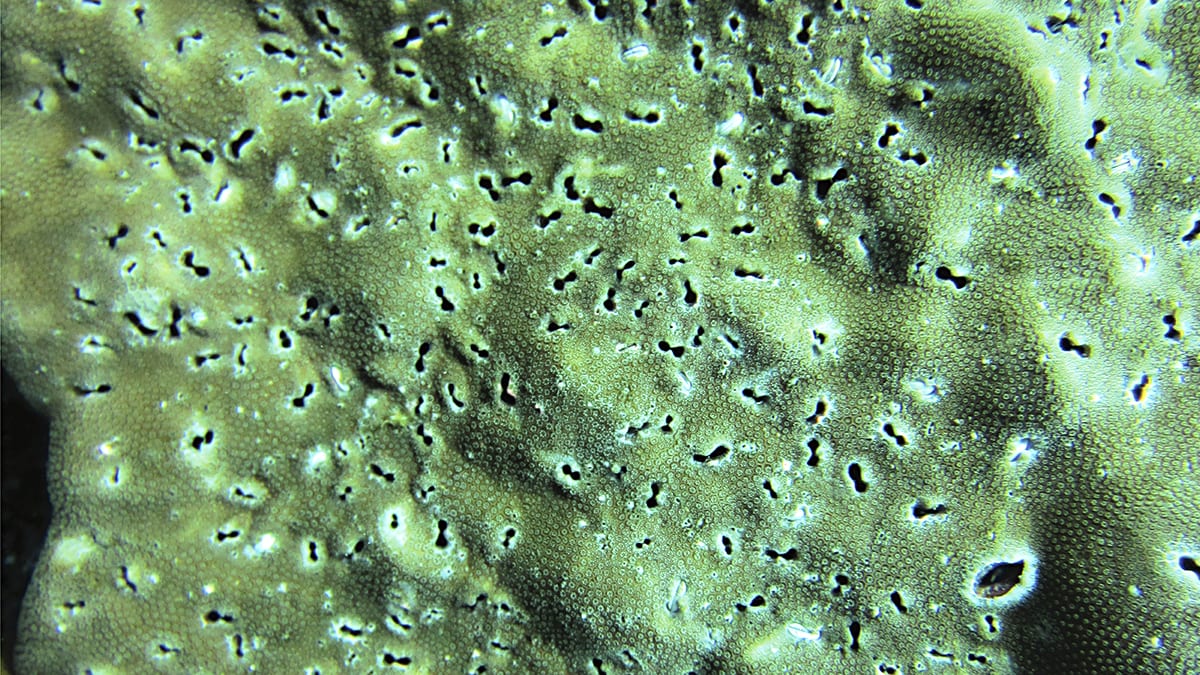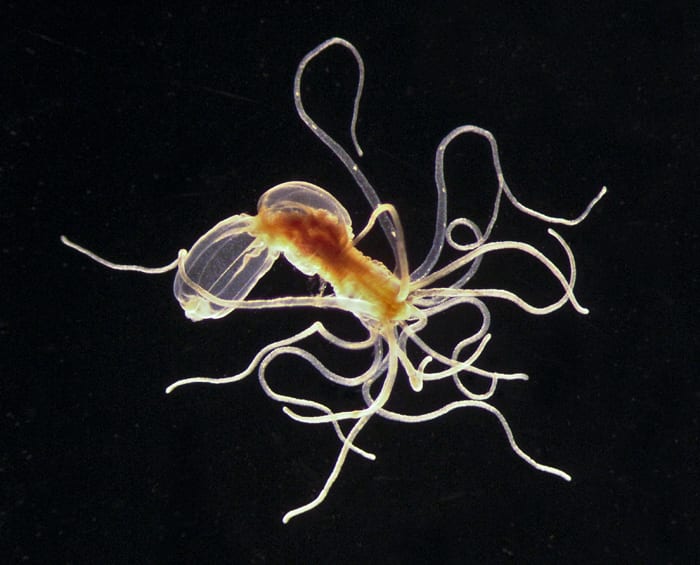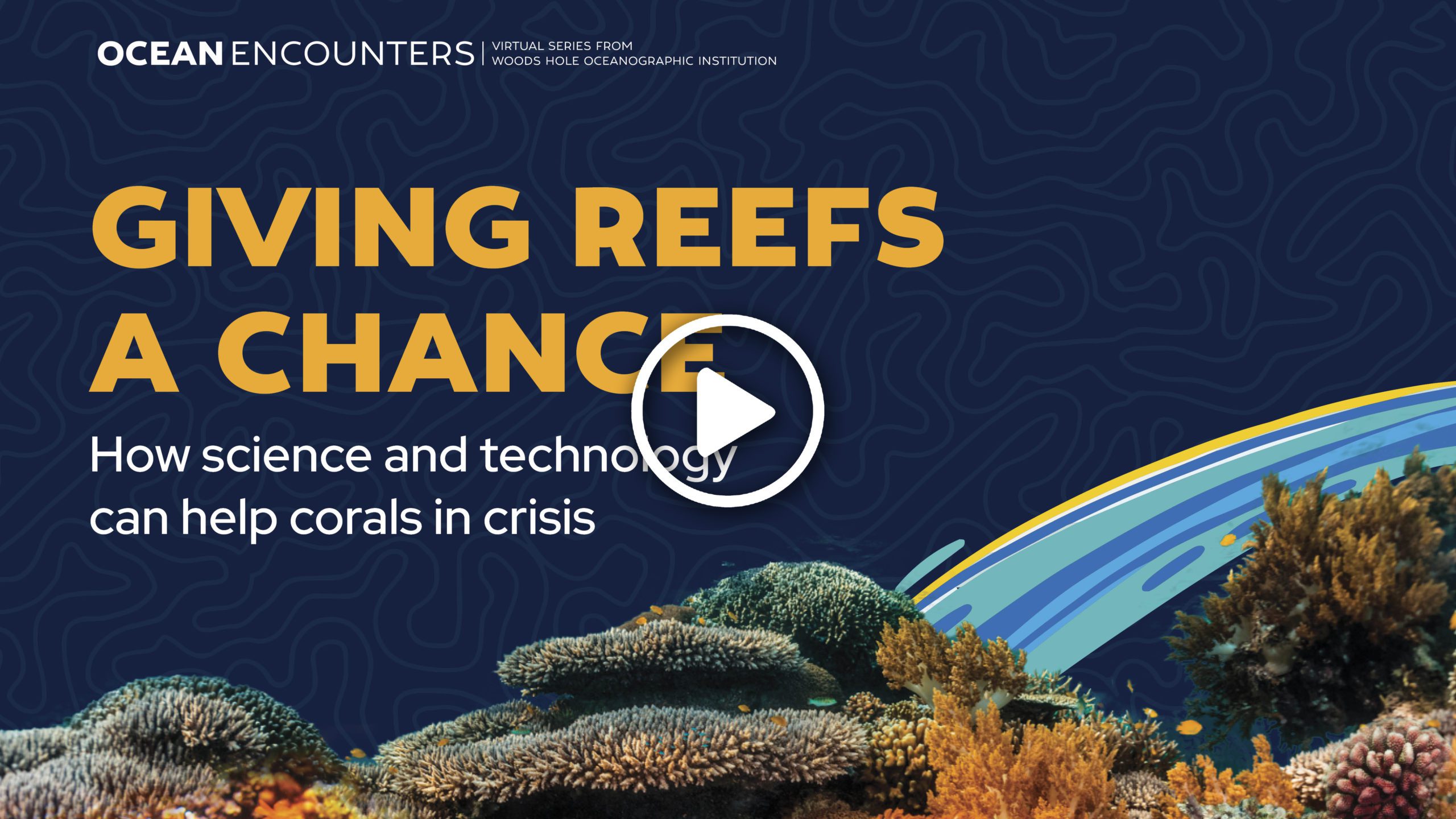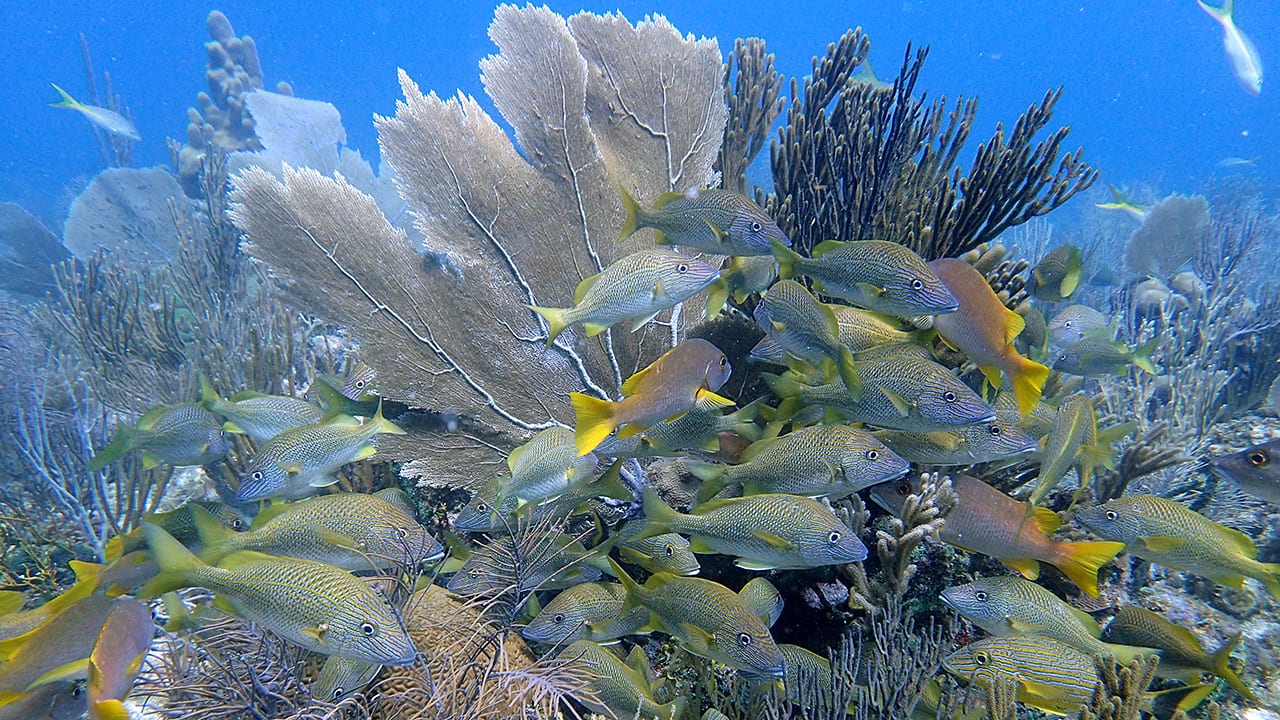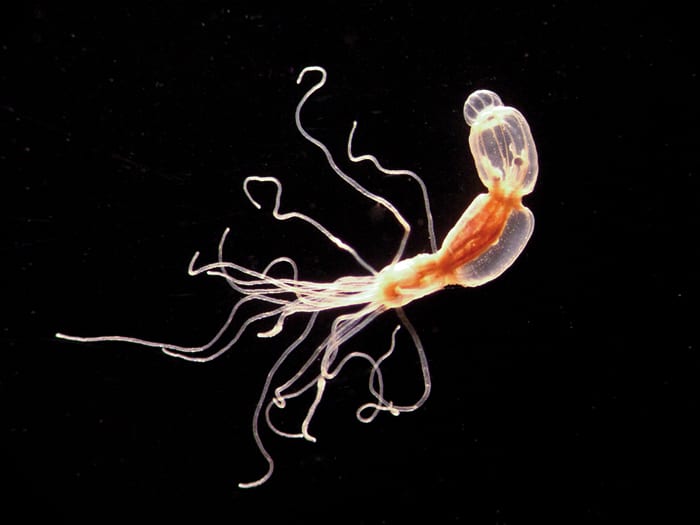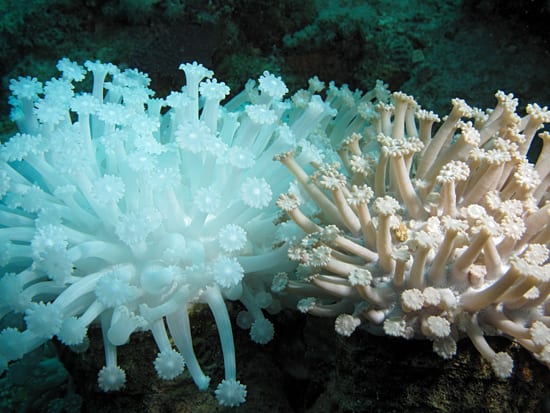Multimedia Items
Sonic Youth: Researchers Investigate if Sound Can Save Corals
What does a healthy coral reef SOUND like? It’s bursting with sound, full of the croaks, purrs, and grunts of various fish. New research suggests that larval animals use this symphony of sounds to help them determine where they should live and grow. Could this new knowledge help protect reef systems that are already vulnerable to warming oceans and other stressors?
Read MoreHoley Corals
This coral may look like it was blasted by a shotgun, but these holes are occupied by tiny molluscs that bore into coral skeletons to escape predators. This process, called […]
Read MoreStarlet Stressors
The starlet sea anemone, a small animal found in salt marshes on Cape Cod, is a close relative of reef-building corals. Like other animals, corals and sea anemones can […]
Read MoreOcean Encounters: Giving Reefs a Chance
Coral reefs are in trouble. We have already lost more than half of the world’s reefs in just 50 years, while climate change, pollution, and other stressors continue to decimate what remains of these biodiverse and beautiful ecosystems. Ending the coral reef crisis will not be easy, but it is still possible. Join us to hear how WHOI scientists and engineers are working together to diagnose reefs at risk—and bring degraded reefs back to life.
Read MoreSchool’s Out
Thriving schools of white grunts and schoolmaster snapper swim amid the lush corals of the Jardines de la Reina (Gardens of the Queen) off Cuba. Because the reefs […]
Read MoreElegant Anemone
The half-inch-long starlet anemone, Nematostella vectensis, is a relative of reef-building corals. It lives in salt marshes along the east coast from Canada to Georgia, is easy to grow in […]
Read MorePartially bleached
Many corals and other marine animals contain dinoflagellate symbionts
that provide nutrition to the host from photosynthesis. These symbionts
can be expelled from the host following exposure to elevated
Read More


